From stanchions to skylights, farm buildings are made up of many different things and it can be easy to get confused by it all. In this article, we’re going to go through some of the pieces that make up a typical Irish farm building.
Slurry storage
In Ireland, we don’t tend to have a lot of loose bedded houses due to our tillage sector being smaller than it is most countries. This means we don’t have as much access to straw.
The majority of our animals are housed on solid or slatted concrete floors, with the dung and urine collected in purpose-built tanks.
A lot of slurry storage is directly underneath the animals in concrete tanks, similar to a swimming pool.
These are between 2.1 and 2.7m deep, and they collect all the dung and urine from the animals above as it passes through slots in the slats.

Some farmers will store slurry in overhead steel slurry towers that can hold up to 4 milion litres of slurry.
Some farmers have alternative means of storing slurry. Lagoons are large outdoor collection areas, which are made by digging a pit in the ground and lining it with a thick plastic to stop the slurry escaping.
The slurry is pumped or pushed into the lagoon and spread in the spring and summer months when grass is growing.
Large metal or concrete slurry towers are also popular on some larger farms.
While slurry lagoons are below ground, slurry towers are above ground. They are generally 20ft tall and some of the largest ones can hold over 4m litres!
Sheds can come in a variety of different shapes, mentioned below.
A-frame
This type of shed is similar in profile to a person’s house and gets its name from the ‘A’ shape seen when looking from the gable end.
Each side is equal in height, with the roof angling towards the centre. A lot of larger new-build sheds are A-frame.
Lean-to
This is a popular design in smaller sheds and is easily recognised through it’s wedge-like shape, with one side of the shed being higher than the other. A lean-to building might also be grafted or connected to another shed to make an extension.
Round roof/trussed roof
Traditional hay sheds give a typical example of round-roof structures, with the roof forming a semi-circle shape. This is created by using steel or timber roof trusses.

In a round-roof shed, trusses instead of joists are used to support the purlins and sheeting.
Trusses are a series of lighter timbers or steel that are bolted or welded together to make a single frame that supports the roof structure.
Steel structure
A farm building structure is made up of several parts. Most of the steelwork is made up of RSJs (rolled steel joists), which are commonly referred to as girders.
These are heavy-duty steel beams made in a ‘H’ shape for additional strength.
The upright RSJs are known as stanchions. They are bolted to the ground to anchor the building to the foundation.
Some older buildings might not have H-iron used in them, as old railway lines were commonly used as stanchions.
Joists
Bolted to the top of the stanchion is another RSJ, called a joist. This connects with another stanchion (or joist) to make an interlocked frame.
The joist has plates welded on to it to allow the purlins to be bolted to it for holding up the roof structure.

Timber purlins have been used during the construction of this shed. Source timber purlins from a good supplier to ensure they’re high quality and properly dried.
Purlins are lengths of timber or steel that run between the roof joists to allow the roof sheeting to be screwed on to it.
Farm building roofs are generally covered with sheeting to protect forages, animals and machinery from the rain and snow. It might surprise you that metal sheeting is only between 0.55 and 0.7mm in thickness – about twice the thickness of your fingernail.
Metal sheeting was the most common type, although because of recent price increases, cement fibre sheeting has become popular.
Cement fibre also has the benefit of better ‘thermo regulation’, meaning it prevents sheds from becoming too hot in the summer and too cold in the winter compared to how steel sheeting does.
Metal sheeting is only between 0.55 and 0.7mm in thickness – about twice the thickness of your fingernail
Many farmers will include skylights in the shed roof. These act in a similar way to velux windows, allowing natural light into the shed, making it more pleasant for the farmer and animals.
However, when working on roofs, skylights can be extremely dangerous; they are not as strong as steel or cement fibre sheeting. Many people have fallen through skylights!
The Department of Agriculture now recommends people use a special steel cage fitted onto the purlins to prevent anyone falling through skylights.
This is one of the rules for building a shed with a Targeted Agriculture Modernisation Schemes (TAMS) grant.
From stanchions to skylights, farm buildings are made up of many different things and it can be easy to get confused by it all. In this article, we’re going to go through some of the pieces that make up a typical Irish farm building.
Slurry storage
In Ireland, we don’t tend to have a lot of loose bedded houses due to our tillage sector being smaller than it is most countries. This means we don’t have as much access to straw.
The majority of our animals are housed on solid or slatted concrete floors, with the dung and urine collected in purpose-built tanks.
A lot of slurry storage is directly underneath the animals in concrete tanks, similar to a swimming pool.
These are between 2.1 and 2.7m deep, and they collect all the dung and urine from the animals above as it passes through slots in the slats.

Some farmers will store slurry in overhead steel slurry towers that can hold up to 4 milion litres of slurry.
Some farmers have alternative means of storing slurry. Lagoons are large outdoor collection areas, which are made by digging a pit in the ground and lining it with a thick plastic to stop the slurry escaping.
The slurry is pumped or pushed into the lagoon and spread in the spring and summer months when grass is growing.
Large metal or concrete slurry towers are also popular on some larger farms.
While slurry lagoons are below ground, slurry towers are above ground. They are generally 20ft tall and some of the largest ones can hold over 4m litres!
Sheds can come in a variety of different shapes, mentioned below.
A-frame
This type of shed is similar in profile to a person’s house and gets its name from the ‘A’ shape seen when looking from the gable end.
Each side is equal in height, with the roof angling towards the centre. A lot of larger new-build sheds are A-frame.
Lean-to
This is a popular design in smaller sheds and is easily recognised through it’s wedge-like shape, with one side of the shed being higher than the other. A lean-to building might also be grafted or connected to another shed to make an extension.
Round roof/trussed roof
Traditional hay sheds give a typical example of round-roof structures, with the roof forming a semi-circle shape. This is created by using steel or timber roof trusses.

In a round-roof shed, trusses instead of joists are used to support the purlins and sheeting.
Trusses are a series of lighter timbers or steel that are bolted or welded together to make a single frame that supports the roof structure.
Steel structure
A farm building structure is made up of several parts. Most of the steelwork is made up of RSJs (rolled steel joists), which are commonly referred to as girders.
These are heavy-duty steel beams made in a ‘H’ shape for additional strength.
The upright RSJs are known as stanchions. They are bolted to the ground to anchor the building to the foundation.
Some older buildings might not have H-iron used in them, as old railway lines were commonly used as stanchions.
Joists
Bolted to the top of the stanchion is another RSJ, called a joist. This connects with another stanchion (or joist) to make an interlocked frame.
The joist has plates welded on to it to allow the purlins to be bolted to it for holding up the roof structure.

Timber purlins have been used during the construction of this shed. Source timber purlins from a good supplier to ensure they’re high quality and properly dried.
Purlins are lengths of timber or steel that run between the roof joists to allow the roof sheeting to be screwed on to it.
Farm building roofs are generally covered with sheeting to protect forages, animals and machinery from the rain and snow. It might surprise you that metal sheeting is only between 0.55 and 0.7mm in thickness – about twice the thickness of your fingernail.
Metal sheeting was the most common type, although because of recent price increases, cement fibre sheeting has become popular.
Cement fibre also has the benefit of better ‘thermo regulation’, meaning it prevents sheds from becoming too hot in the summer and too cold in the winter compared to how steel sheeting does.
Metal sheeting is only between 0.55 and 0.7mm in thickness – about twice the thickness of your fingernail
Many farmers will include skylights in the shed roof. These act in a similar way to velux windows, allowing natural light into the shed, making it more pleasant for the farmer and animals.
However, when working on roofs, skylights can be extremely dangerous; they are not as strong as steel or cement fibre sheeting. Many people have fallen through skylights!
The Department of Agriculture now recommends people use a special steel cage fitted onto the purlins to prevent anyone falling through skylights.
This is one of the rules for building a shed with a Targeted Agriculture Modernisation Schemes (TAMS) grant.







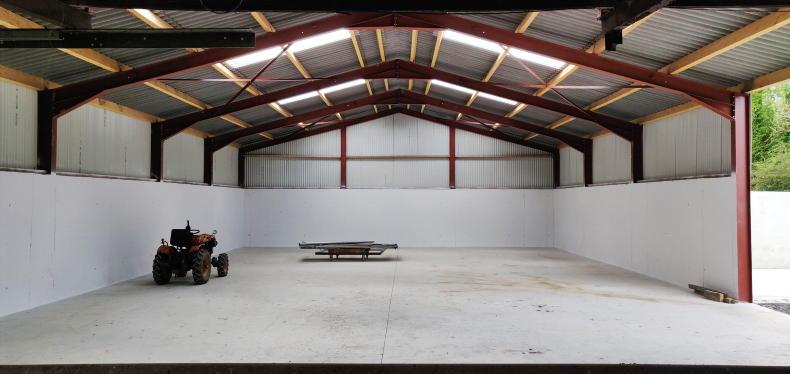
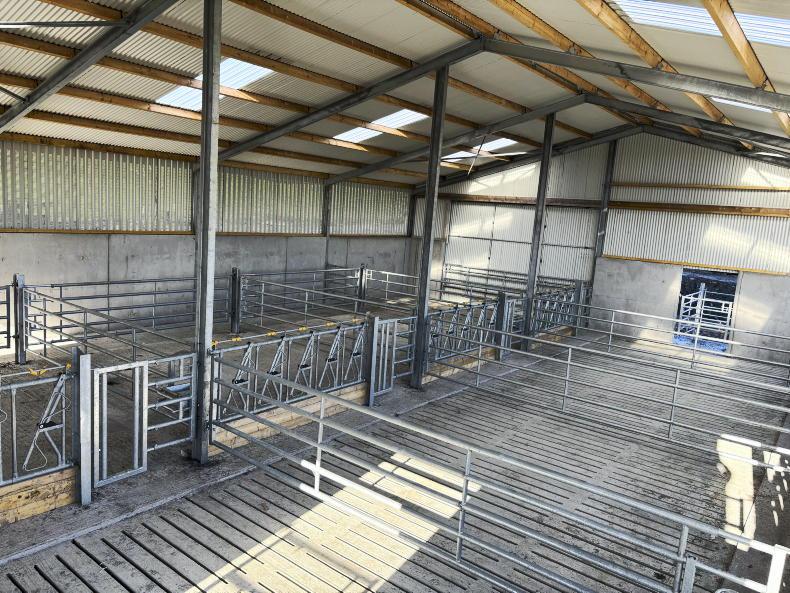

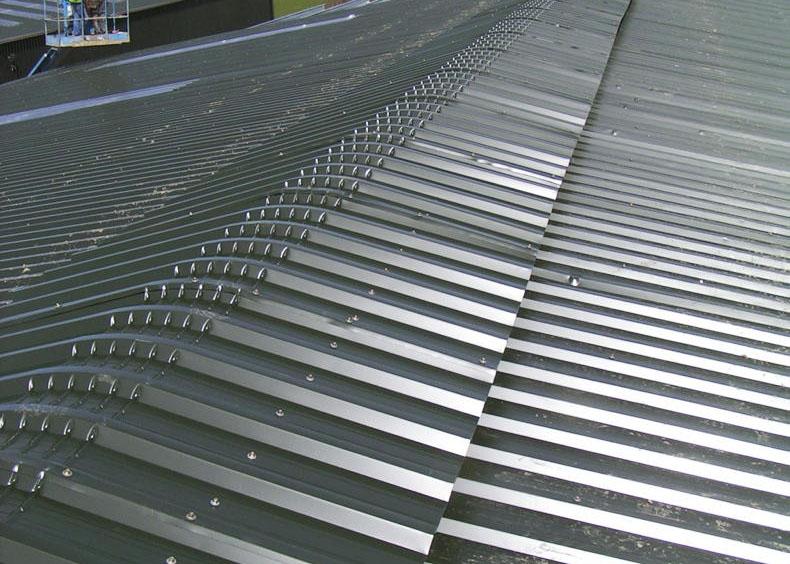
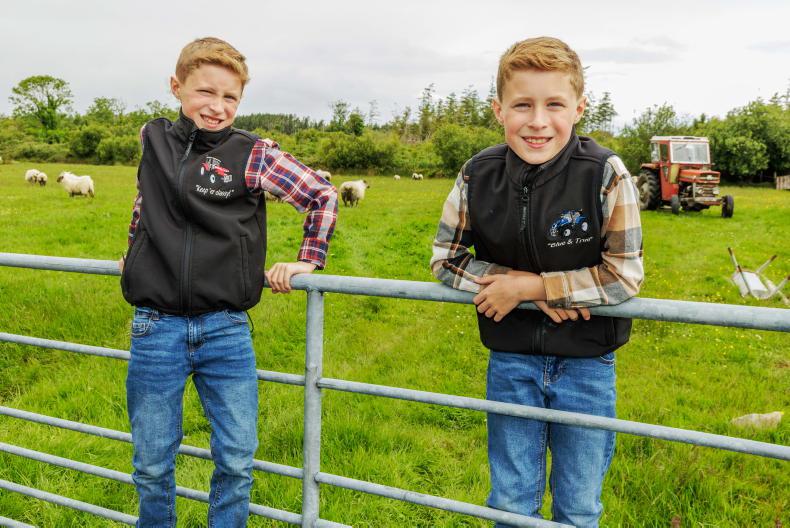
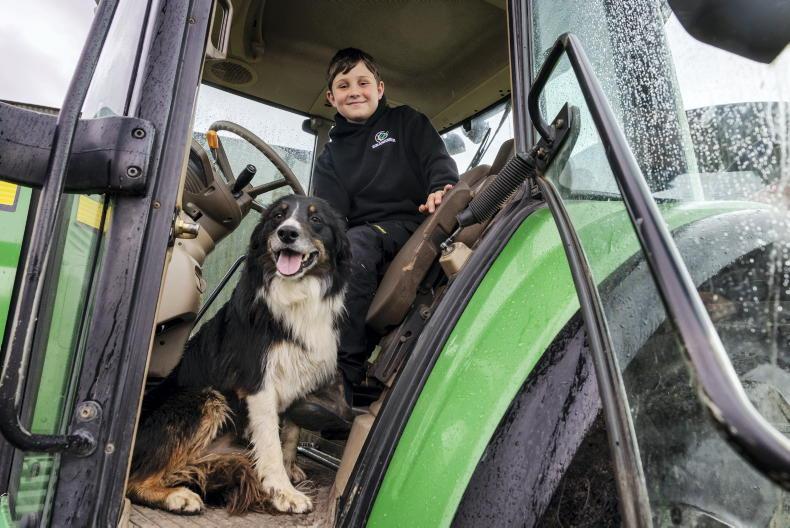
SHARING OPTIONS